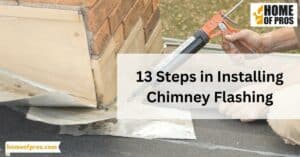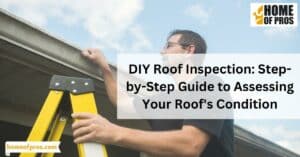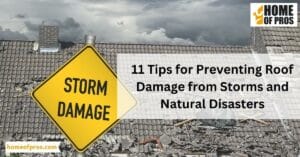Repairing a rubber EPDM roof is an essential process if you want to keep your roof in top shape. While there are several options for repairing your EPDM roof, not all of them are up to the task. To ensure that your repair lasts, it’s important to use the right materials and take the time to properly prepare the area.
Protect your EPDM roof from costly repairs with regular inspections, cleanliness, and appropriate materials. Avoid asphalt-based products as they can contaminate the membrane and cause further damage. Follow a systematic approach while fixing any issues, and hire professionals for significant repairs or maintenance.
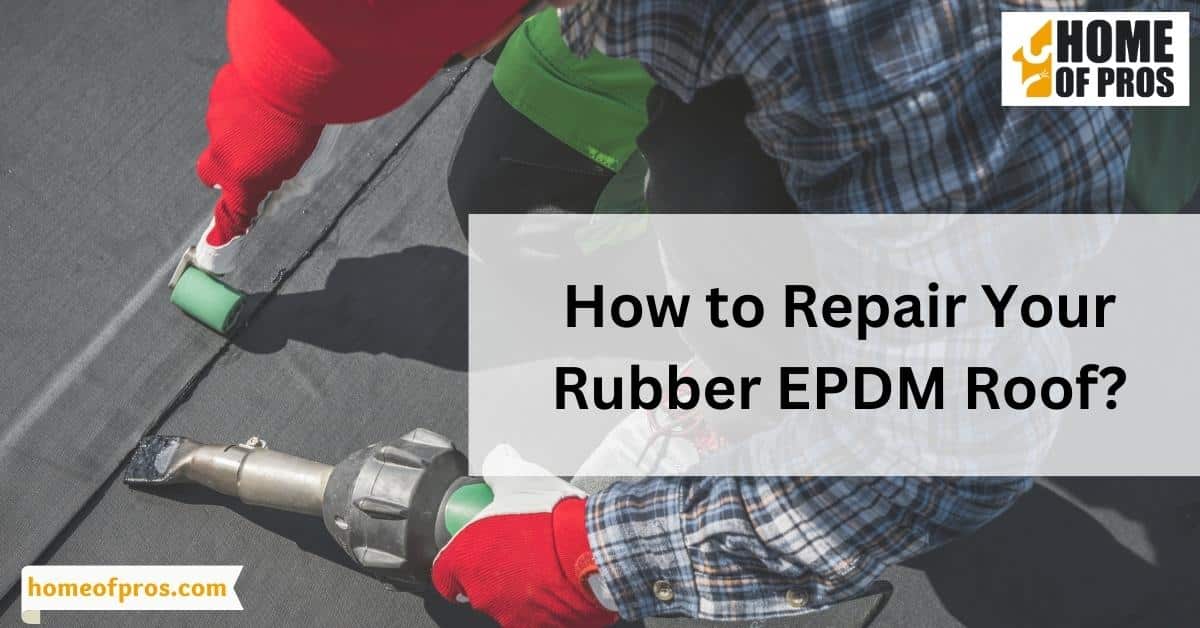
What is an EPDM Rubber Roof?
EPDM, or Ethylene Propylene Diene Monomer, is a type of synthetic rubber that is particularly popular for roofing applications. Known for its durability and resistance to extreme weather conditions, EPDM rubber roofs are primarily used in low-slope buildings worldwide.
The material’s inherent flexibility allows it to adapt to temperature changes with ease. Its black or white color can help absorb or reflect sunlight, which aids in managing building temperatures. However, one must be cautious while repairing an EPDM roof as it is incompatible with asphalt-based products.
Using such products can contaminate the EPDM rubber membrane, leading to more extensive repairs. Always opt for the appropriate repair materials to ensure the longevity of your EPDM roofing system.
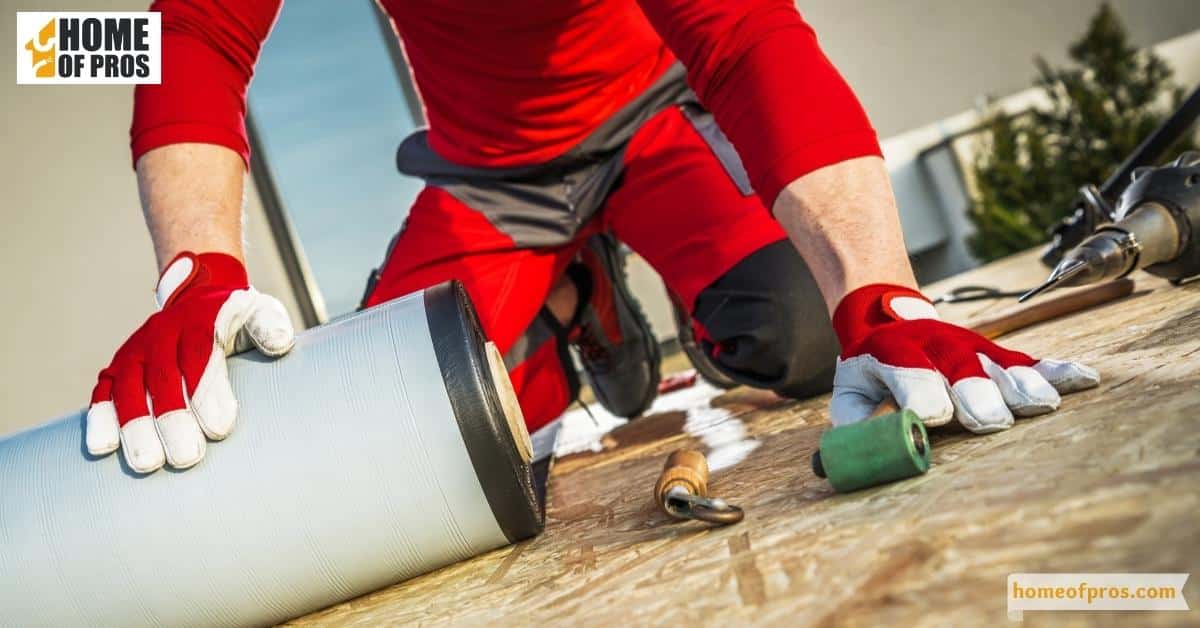
Patching EPDM Roofs
When patching an EPDM roof, it’s vital to use appropriate materials and techniques. Following these guidelines can make all the difference in ensuring a durable and lasting repair:
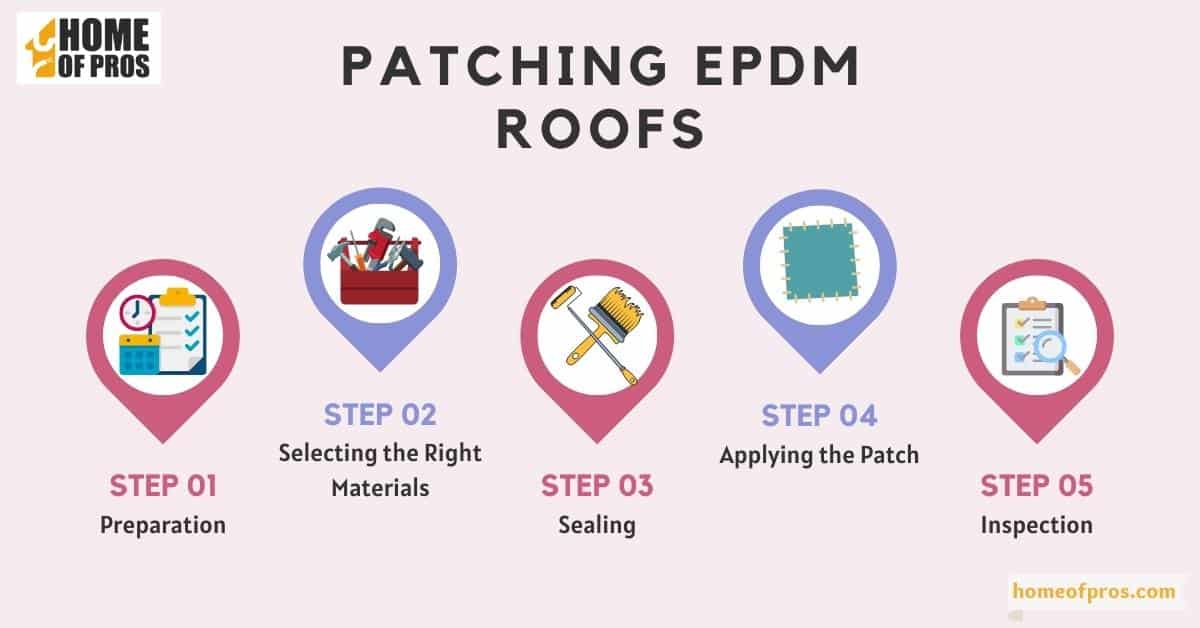
- Preparation: Start with a thorough cleaning of the repair area. Removing dirt and debris allows the adhesive to bond correctly with the roofing material.
- Selecting the Right Materials: Use repair materials compatible with EPDM rubber. Avoid asphalt-based products as they can contaminate the EPDM membrane and cause further damage.
- Sealing: Apply a layer of EPDM primer to the cleaned area, and then apply the EPDM adhesive. Ensure the adhesive is spread evenly and has adequate time to become tacky before proceeding.
- Applying the Patch: Place the EPDM patch onto the adhesive area, applying pressure to ensure a tight seal. Allow enough time for the adhesive to cure.
- Inspection: After the patch is fully bonded, inspect the area for any potential leaks or loose edges.
Remember, a meticulous approach to repair not only fixes the immediate issue but also helps maintain the longevity of your overall EPDM roofing system.
How to Repair a Rubber EPDM Roof
Proper maintenance is essential to prolong the life of your EPDM roofing system. These maintenance tips can help you ensure your roof stays in top-notch condition for years:
Regular Inspections
Routine inspections are crucial to identify potential problems before they escalate. Look out for signs of damage such as bubbling, cracks, or loosening of the roofing material.

Cleanliness
Keeping your roof clean can prevent damage and extend its lifespan. Remove any debris, especially from the gutters and drains, to maintain proper water flow and avoid pooling.

Sealant Checks
Regularly inspect the sealant around roof penetrations and seams. If you notice any deterioration or gaps, reapply the appropriate sealant.
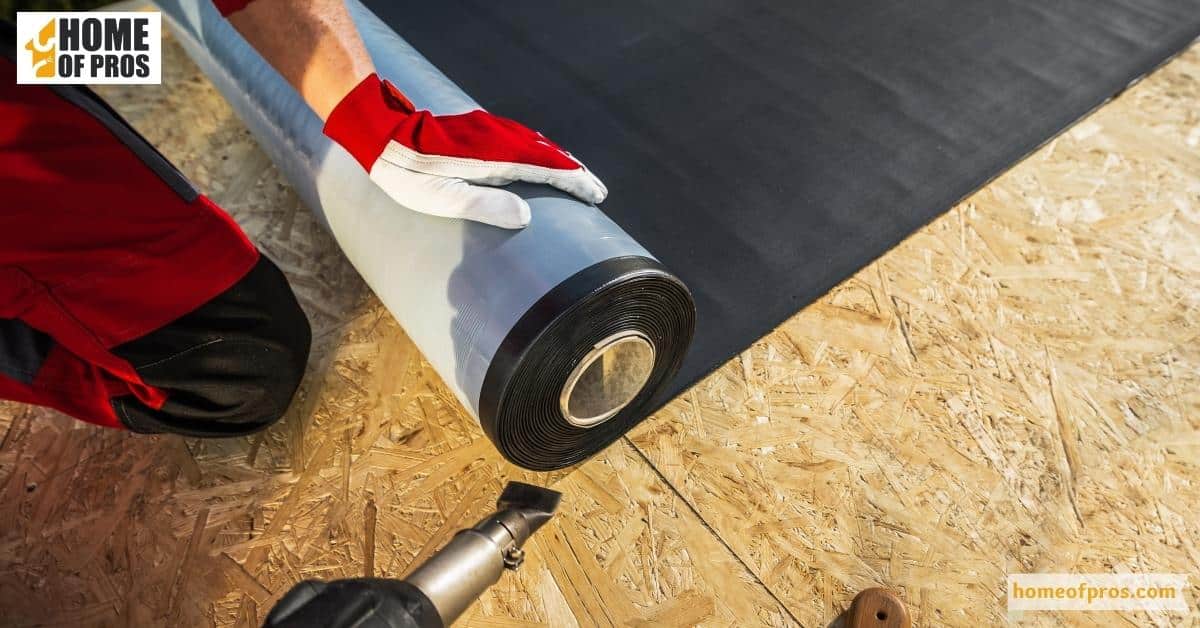
Damage Prevention
Take preventive measures against potential damage. Trim overhanging branches to prevent them from falling onto the roof. Also, limit foot traffic on the roof to avoid unnecessary wear.
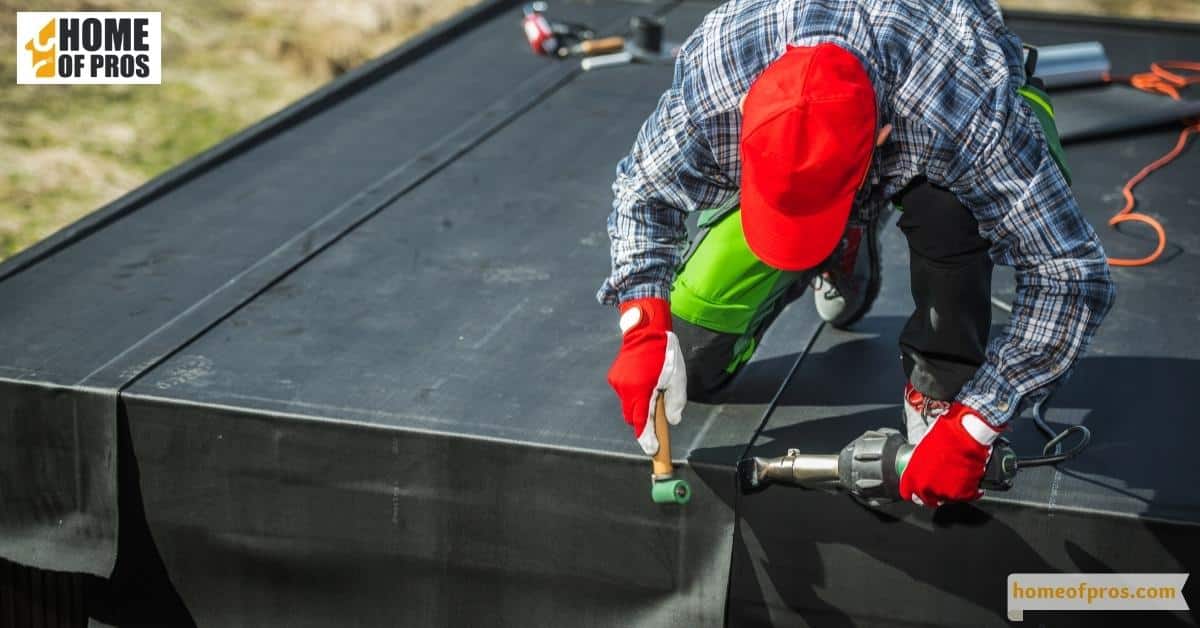
Hire a Professional
For significant repairs or regular roof maintenance, consider hiring a professional. They have the expertise and equipment to detect and fix problems effectively and safely.
Remember, proper care and maintenance of your EPDM roof can prevent significant damage and costly repairs in the long run.
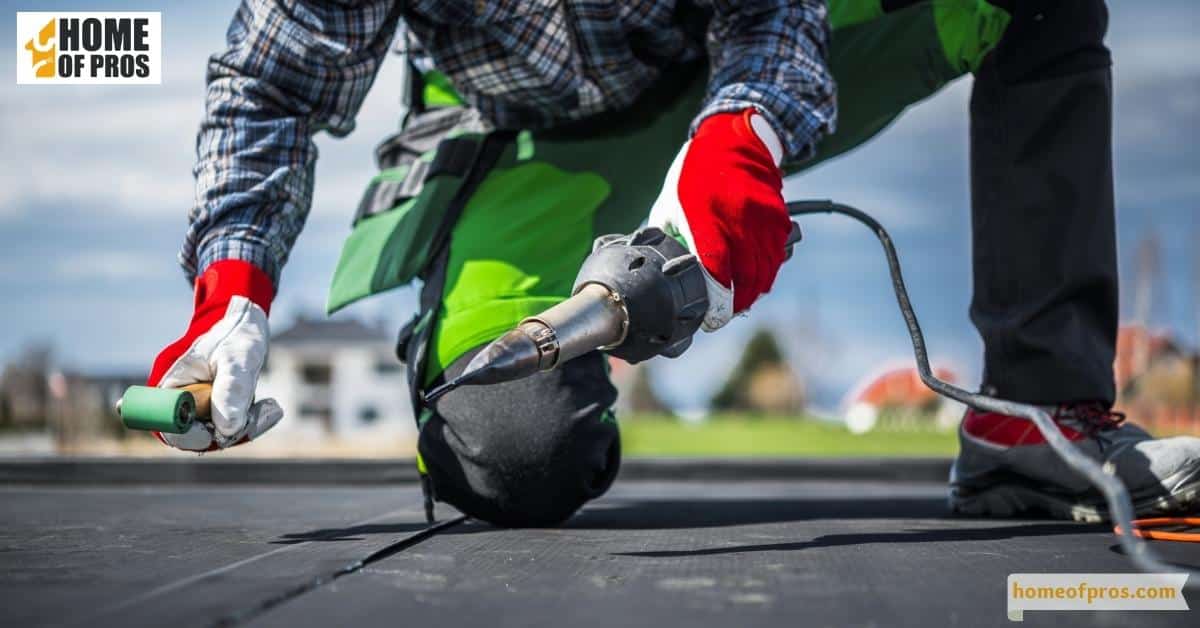
Equipment and Materials Needed
When it comes to repairing your EPDM roof, having the right tools and materials at your disposal is crucial. Here, we’ll outline everything you’ll need to ensure a successful, long-lasting repair to your roofing system.
Equipment / Tools
- Utility Knife: A sharp utility knife is essential to cut the EPDM patch to the appropriate size.
- Seam Roller: This tool ensures a tight and secure bond between the patch and the existing roof membrane.
- Scrub Brush: A stiff-bristled brush helps to thoroughly clean the repair area and prepare it for the application of the patch.
- Clean Rags: Use clean rags to dry the area after cleaning and before applying primer and adhesive.
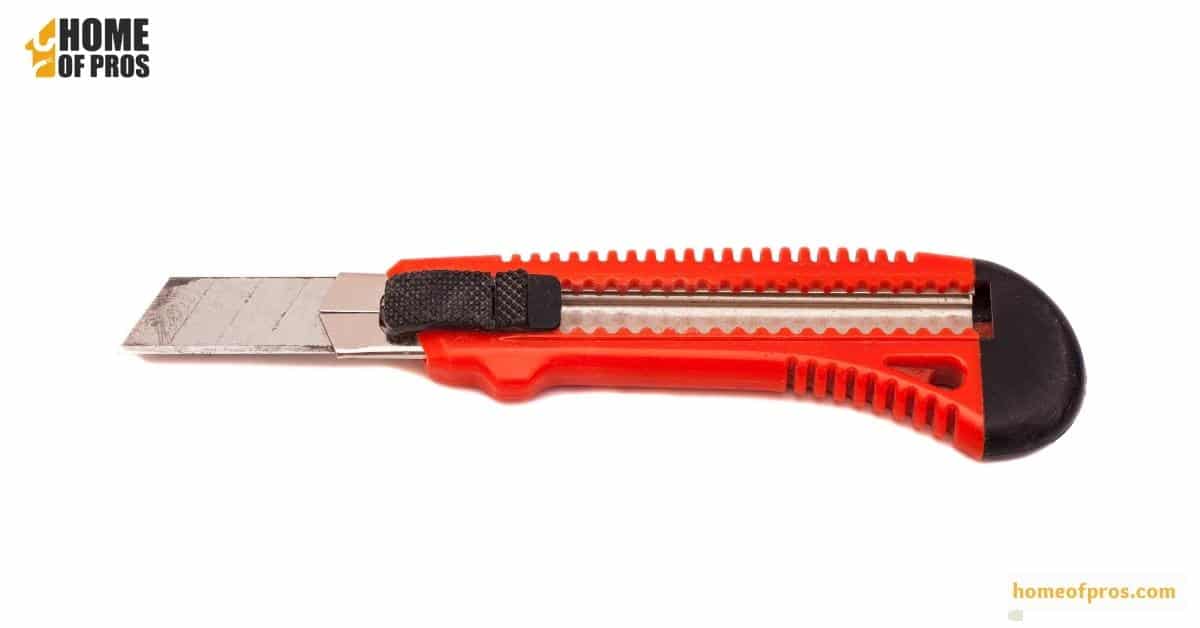
Materials
- EPDM Patch: You’ll need a piece of EPDM membrane to patch the damaged area. The patch should be larger than the damaged area to ensure a secure seal.
- EPDM Primer: The primer prepares the surface of the repair area and enhances the bond between the patch and the existing membrane.
- EPDM Adhesive: This adhesive is used to bond the patch to the existing membrane. Remember, it needs to be compatible with EPDM roofing.
- Latex Gloves: Using gloves protects your hands and prevents any oils or dirt from contaminating the repair area.
Steps to Repair EPDM Roof
Repairing an EPDM roof may seem like a daunting task, but with the right tools, materials, and a systematic approach, it becomes an achievable task. The following step-by-step guide is designed to lead you through the process, ensuring a successful, long-lasting repair to your EPDM roofing system.
Whether you’re a seasoned pro or a DIY enthusiast, these instructions will provide you with a clear path to restore the integrity of your roof.
1. Prepare the Roof Surface
Start by thoroughly cleaning the area that needs repair. Use a stiff-bristle brush to remove dirt and debris. Ensuring the surface is clean and dry allows the adhesive and patch to bond effectively with the existing roofing membrane. This step is vital for a successful repair.
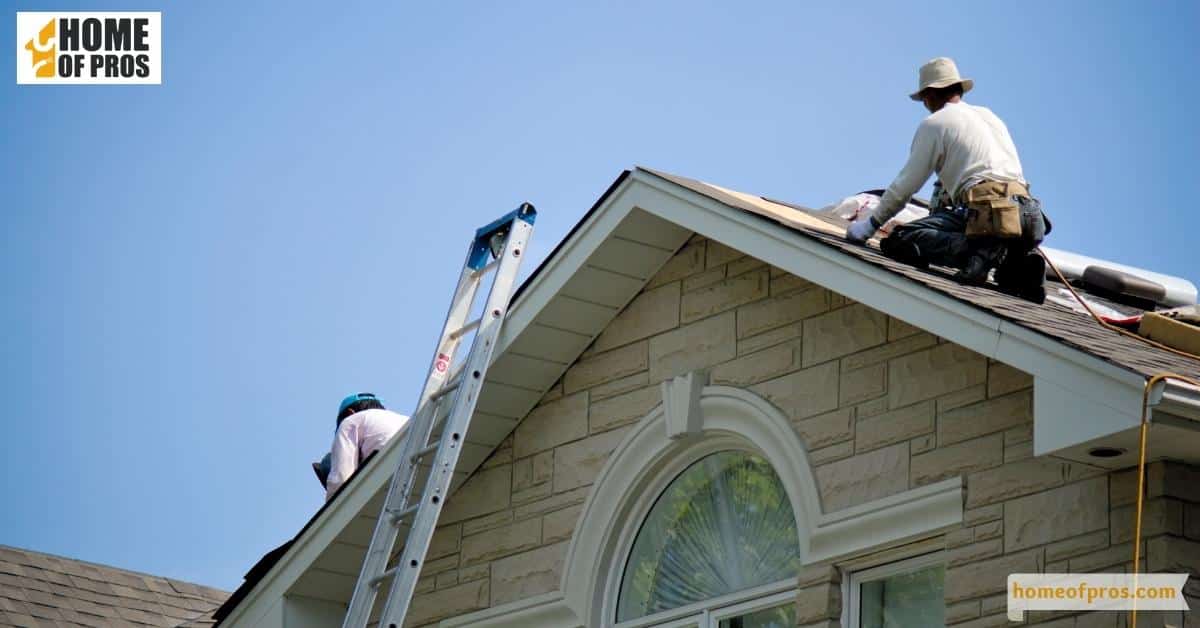
2. Cut the Patch to Size
Using your utility knife, cut a piece of EPDM membrane to create your patch. Make sure it’s larger than the damaged area to ensure a secure seal. Rounded corners are recommended as they provide better adhesion and reduce the chances of the patch peeling off.
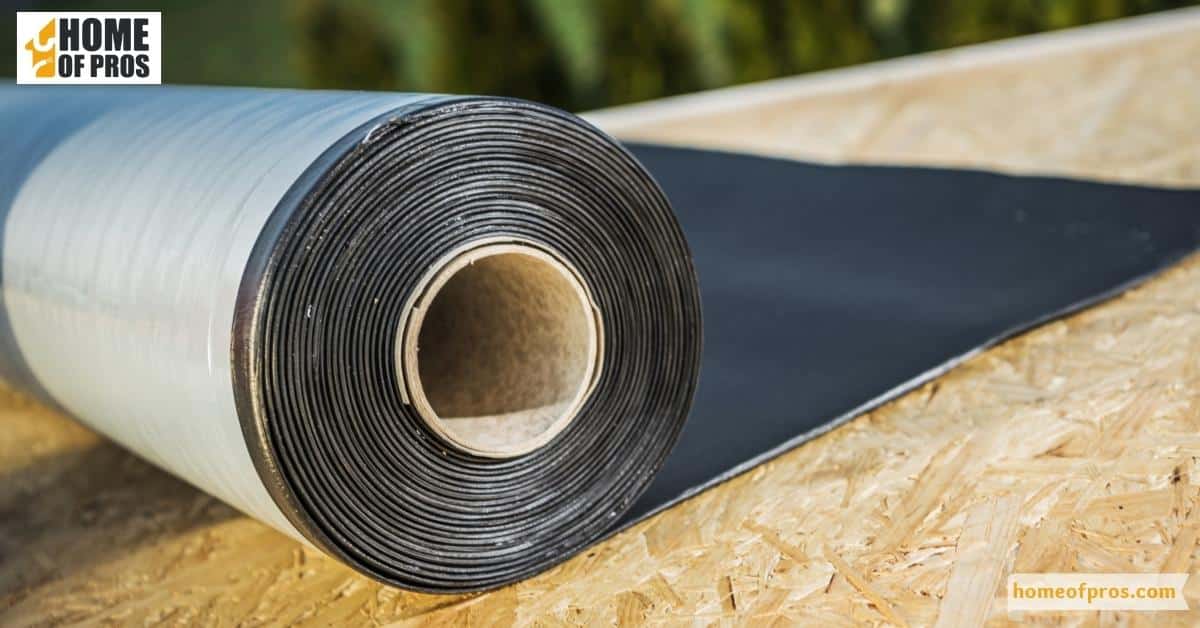
3. Prime the Repair Area
Apply a generous layer of EPDM primer to the repair area using a clean rag. This step enhances the bonding of the patch to the existing membrane. Allow the primer to dry completely before moving on to the next step. This ensures optimal adhesion, crucial for a successful, long-lasting repair.
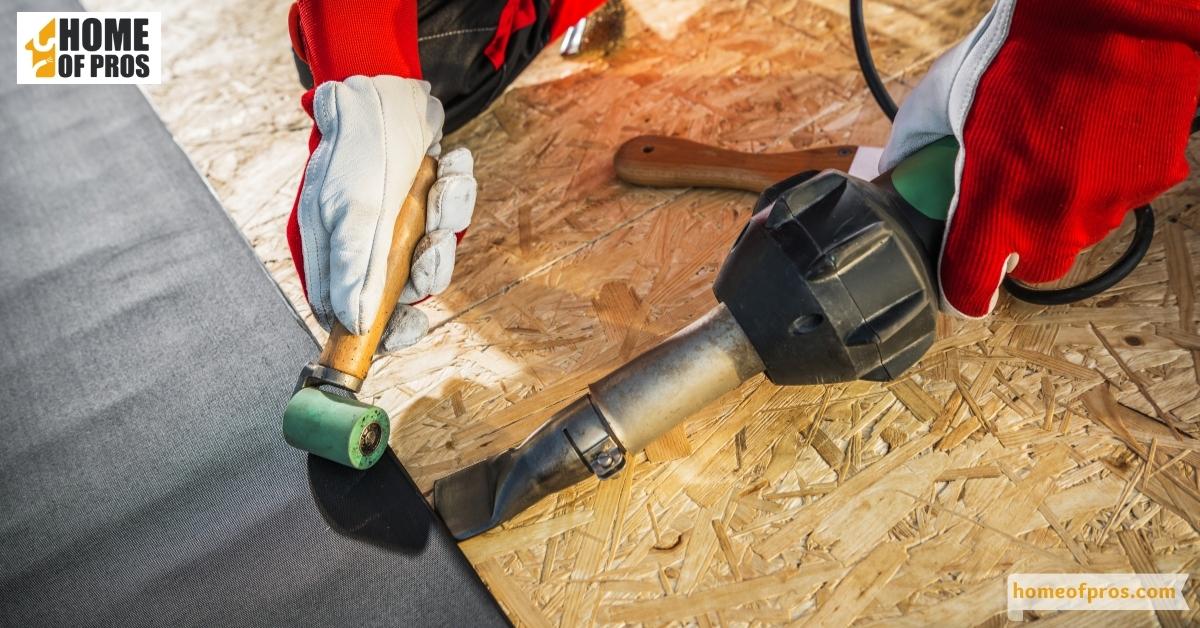
4. Install the Repair Patch
Apply EPDM adhesive to both the patch and the repair area. Once it becomes tacky, carefully place the patch onto the adhesive area. Using a seam roller, apply pressure to ensure a tight seal. Allow sufficient curing time for maximum adhesion.
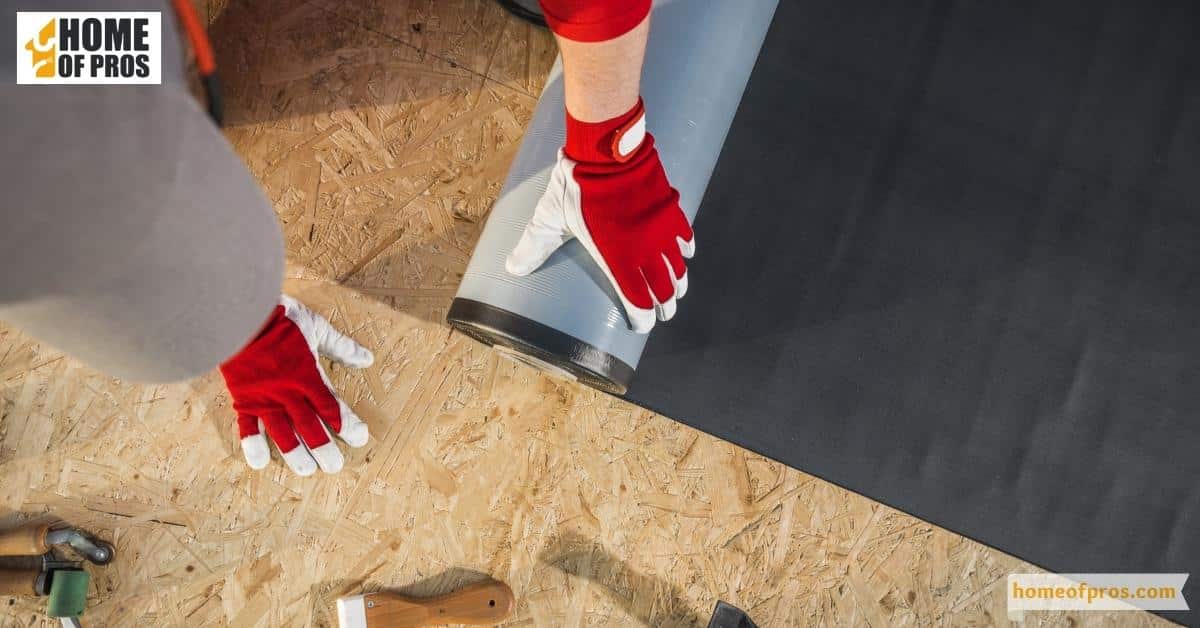
5. Seal the Patch Edges
Finally, it’s time to seal the patch edges. Apply a narrow band of EPDM seam primer around the edge of every patch. Follow up with a layer of EPDM seam adhesive. These additional sealants ensure a fully watertight seal, safeguarding your roof against potential leaks.
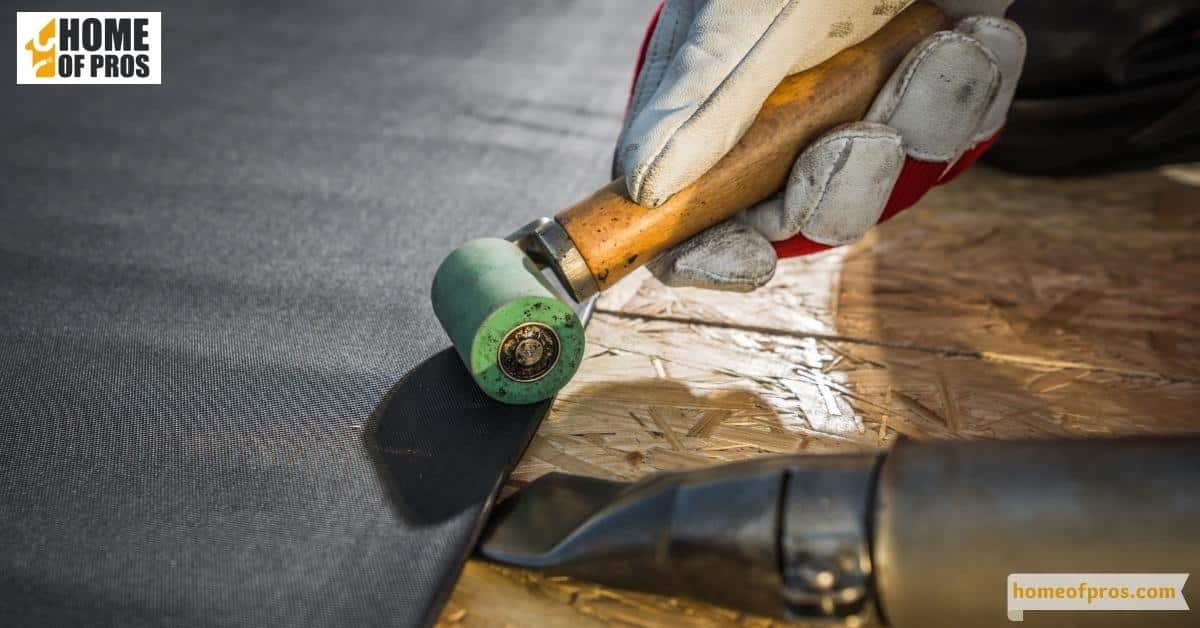
In conclusion
The longevity and durability of your EPDM roofing system largely depend on the quality of its repairs and maintenance. The most critical aspect to remember is the incompatibility of EPDM with asphalt-based products.
By using appropriate tools, materials, and techniques for repair, you’ll not only fix the immediate issue but also contribute to the long-term durability of your roof. Regular inspections, cleanliness, damage prevention, and expert help, when needed, are also key to keeping your EPDM roof in top condition.









